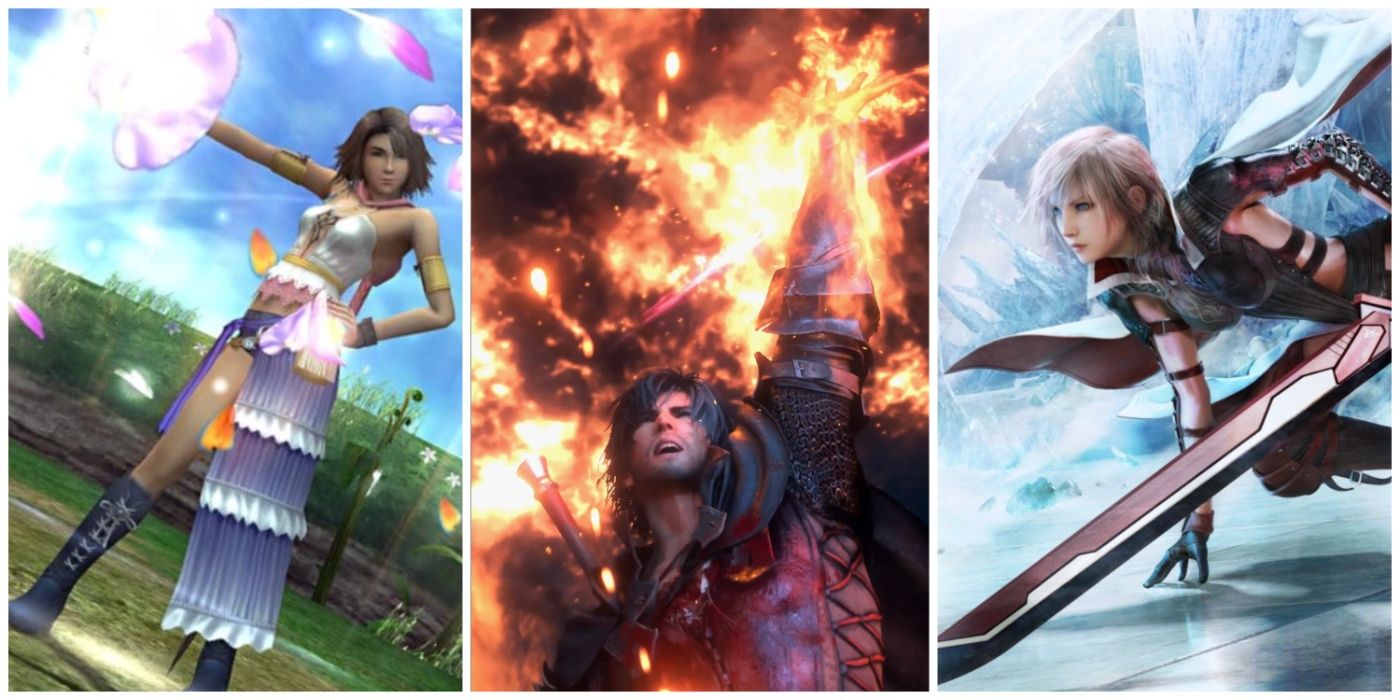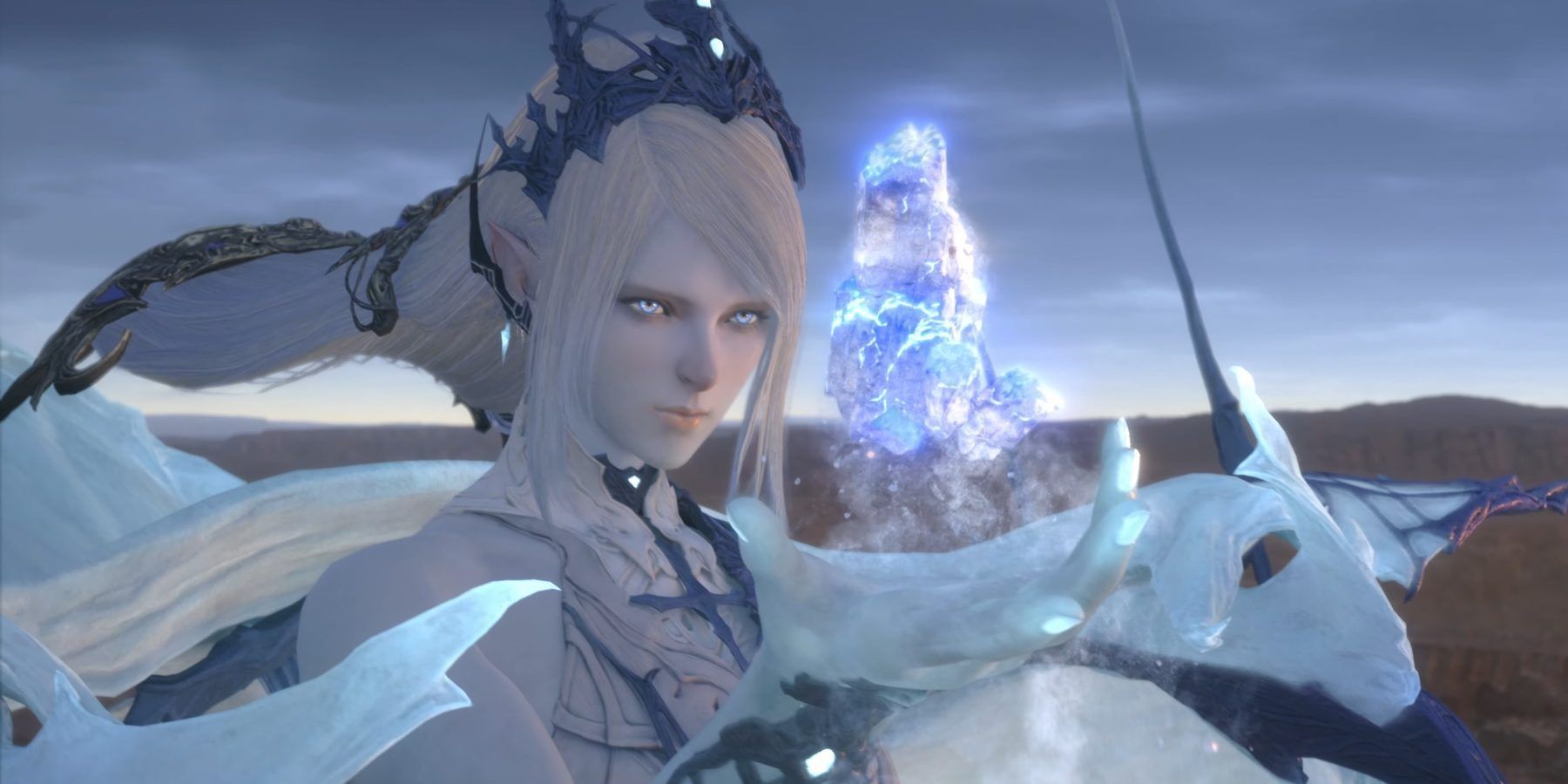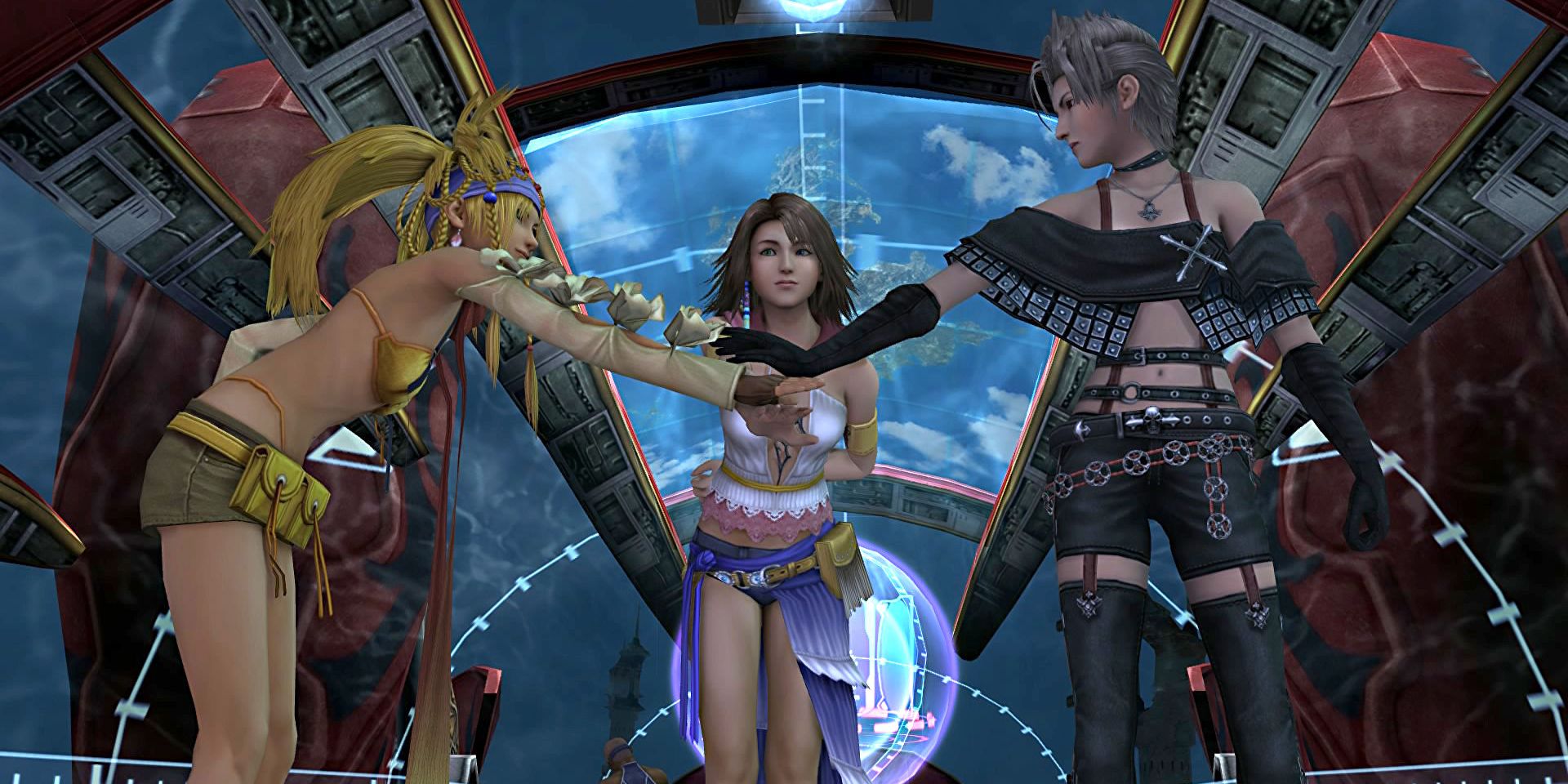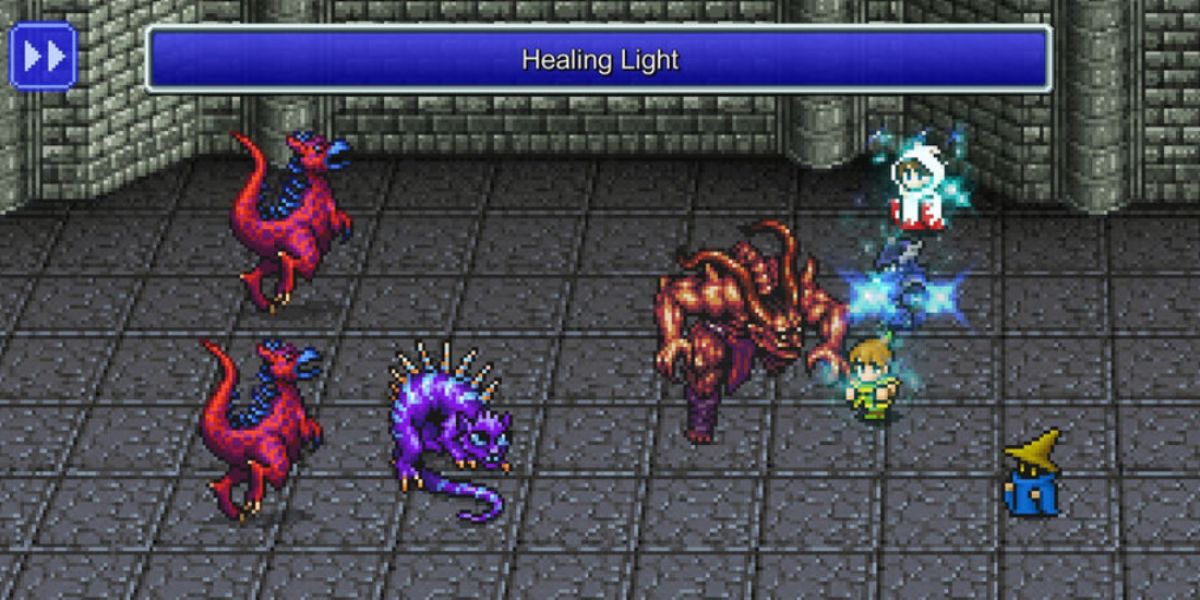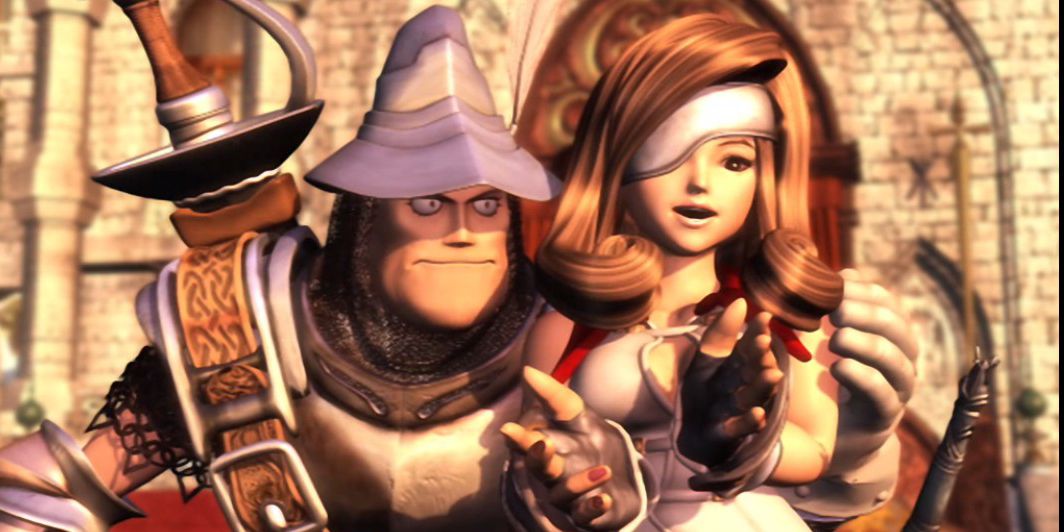Final Fantasy has been at the forefront of gaming for more than 35 years and it’s a franchise that’s practically synonymous with the RPG genre. New Final Fantasy releases are still some of the biggest gaming events of their years and Final Fantasy XVI‘s success is proof that audiences are interested in more of these grandiose fantasy adventures. Final Fantasy XVI is the latest mainline entry in the franchise and its embrace of fresh concepts and mechanics has won over some fans while frustrating others who are accustomed to classic Final Fantasy adventures.
These frustrations are emblematic of the latest slate of newer Final Fantasy games and they’ve led to many fans nostalgically longing for the worlds and characters of earlier games in the franchise. There are limitless possibilities when it comes to Final Fantasy’s anthology approach, which constantly reinvents itself. That being said, the franchise’s future might be better suited by turning to sequels instead of completely original stories.
The Anthology Approach Diminishes The Franchise’s History
Final Fantasy initially stood out from its RPG peers through its unique stylistic sequels that don’t necessarily pick up from the events of the past game, but instead tell a brand-new story. There’s an understandable appeal to this structure where each game can start anew and incorporate different influences. It’s also much easier to get casual audiences to pick up the 16th entry in a series if it’s not bogged down with more than a dozen games of backstory. At the same time, this anthology approach broadens the expectations of what’s considered to be a Final Fantasy game. There are recurring elements in Final Fantasy that usually function as playful Easter Eggs, but this anthology approach can also ignore these details if they don’t fit the new world’s aesthetic. Chocobo and Moogles are fun Final Fantasy constants, but they’re barely present in Final Fantasy XVI and when it comes to Chocobo it almost seems like there’s disdain for these relics of the past.
This anthology structure made sense while Final Fantasy was finding its footing, but at a certain point, there are diminishing returns on repeatedly wiping the slate clean. There are so many beloved characters, worlds, and concepts from earlier Final Fantasy games that shouldn’t be ignored simply because of past traditions. It’s no coincidence that classic Final Fantasy characters are incredibly popular and help increase sales when they make cameo appearances in outside franchises like Ehrgeiz or Super Smash Bros. There’s a demand to return to these heroes and audiences deserve more than non-canonical cameos.
Past Final Fantasy Sequels & Spin-Offs Have Found Success
A dedicated push away from anthology releases in favor of sequels would be in Final Fantasy’s best interest. In fact, it’s a proven formula that has worked in the past. They may not receive the same support as numbered mainline releases, but past Final Fantasy sequels and spin-offs have connected with audiences and proven that this approach can work. The most prominent examples of Final Fantasy sequels are Final Fantasy X-2, the Final Fantasy XIII trilogy, or the wealth of supplemental Final Fantasy VII entries. All of these have been popular releases that can hold their own with original Final Fantasy entries.
Additionally, there are other Final Fantasy expansions that have slipped through the cracks through niche platforms and releases. For instance, Final Fantasy XII: Revenant Wings was a Nintendo DS sequel that adopts real-time strategy gameplay. Final Fantasy IV: The After Years is set 17 years after the Super Nintendo classic and was initially released as an episodic WiiWare title before being compiled on the PlayStation Portable into a definitive Final Fantasy IV release. While not a video game, the four-episode anime OVA, Final Fantasy: Legend of the Crystals, functions as a sequel to Final Fantasy V that takes place two centuries after the game’s events. Square Enix could even adopt this anime sequel approach to test the waters before turning the most successful of these anime into proper video games.
Classic Final Fantasy Games Are Still Extremely Popular
New Final Fantasy games continue to sell well, but the same is true for the many re-releases of classic entries in the series. The Final Fantasy Pixel Remaster series updates the first six games in the franchise and speaks to the fact that a retro pixel aesthetic still resonates with audiences. The HD remasters for Final Fantasy VII-X have also performed incredibly well and remind fans of these signature characters. It’s also important to acknowledge that the current pop culture landscape is deeply invested in legacy sequels and “re-quels” that point towards success for conventional Final Fantasy sequels. These sequels have lots of options at their disposal, whether they pick up immediately after the events of the original or instead focus on the adventures of the previous cast’s children. There’s an understandable concern that any Final Fantasy sequels could tarnish the original games, but following new characters in the same world largely avoids this pitfall. Several decades have passed since these original games’ development and just because Square didn’t have quality ideas to continue these stories then doesn’t mean that this is still true today.
Final Fantasy Sequels Could Return To A Retro Approach
Quality games take time to get properly developed. However, there’s been an increasingly large gap between mainline Final Fantasy releases that has irritated some audiences. Square shouldn’t be rushing their signature series, but it’s unfortunate when a new anthology mainline release doesn’t connect with fans and then they’re stuck waiting six to ten years for the next game. It’s not entirely fair to compare the production schedules of past and present Final Fantasy games. Nevertheless, Final Fantasy I-IX were released across 13 years from ‘87 to ‘00, while substantially fewer have come out since then. Obviously video games are bigger now and require a greater production and budget. Full voice acting alone is a significant hurdle that was absent in original Final Fantasy games. Square could break this discouraging cycle with modern sequels to retro games that embrace the originals’ aesthetics and result in faster development. Alternatively, Square could develop retro Final Fantasy sequels concurrently with their anthology structure releases so that audiences get the best of both worlds.
Final Fantasy wouldn’t be where it is today without the risks that it’s taken and its successful reinventions. It’s important to listen to the industry’s current trends and it shouldn’t be seen as some form of defeat if Final Fantasy pivots in a different direction for a while. Excitement for Final Fantasy XVII would be a lot higher if it were to follow the releases of Final Fantasy VIII-2 and Final Fantasy IX-2 so that audiences can better appreciate a whole new world after indulging in nostalgia for a while.
